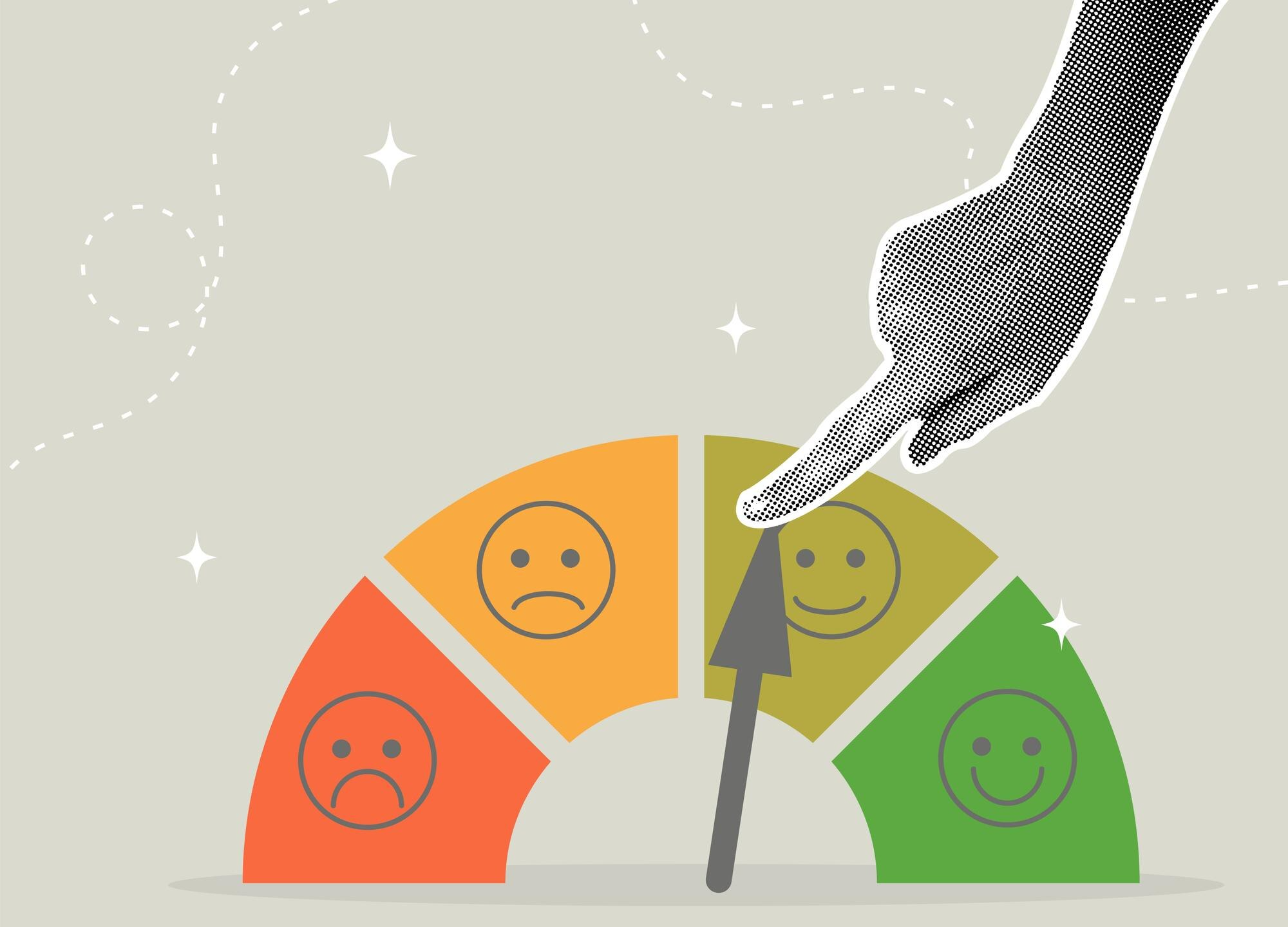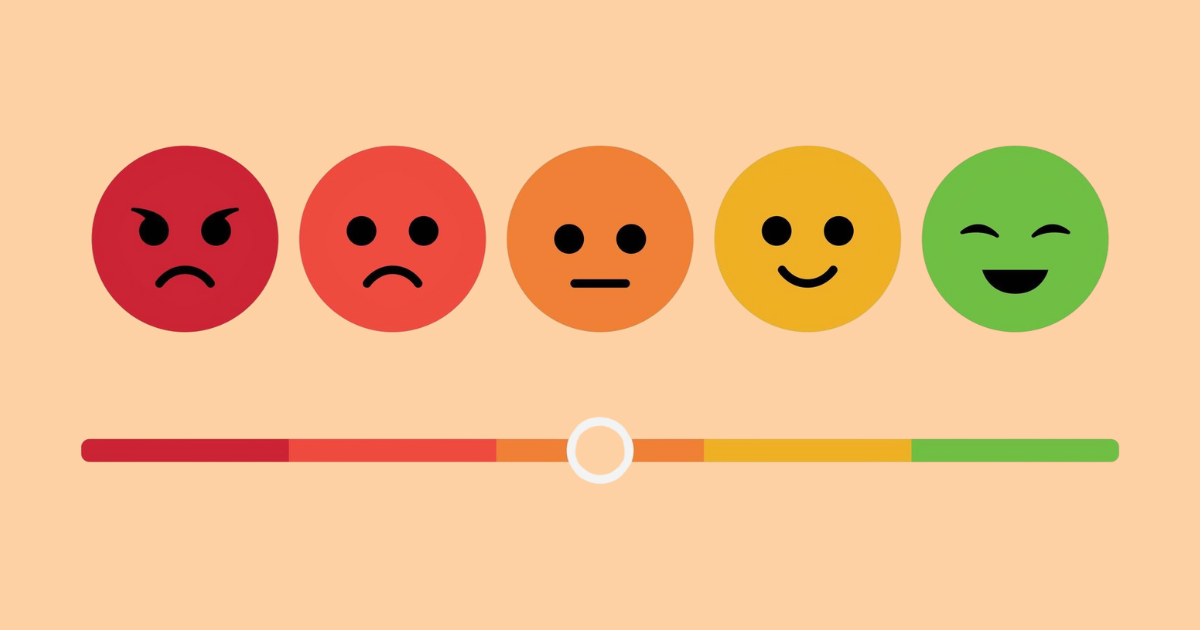The sentiment analysis works by analyzing the customer’s opinions and feedback about the brand to know how they are feeling toward the brand. Through tracking the different social media conversations and feedback, the brand can know how positive or negative the customers feel. To help enhance the performance to achieve better results with the customers. Also, it helps in understanding your position in the market among the competitors and how the customers are seeing them. To be able to get all these insights and data, you have to know how sentiment analysis works on social media.

How does sentiment analysis work on social media?
The sentiment analysis works through some main steps.
-
Data Collection
The sentiment starts with collecting the data from the different social media platforms. These data include any content by the target customers, like comments, hashtags, feedback, and any kind of data that interacts between the customers and the brand.
-
Text Preprocessing
The data that is collected is usually disorganized and includes many mistakes. This needs a preprocessing phase to solve any problems in text, including misspelling, emojis, or even slang language.
-
Natural Language Processing (NLP)
The NLP is used to understand the context and meaning of the text. To be able to analyze the sentiment correctly by understanding the words that could affect the analysis of the sentiment.
-
Sentiment Classification
Then the step of classifying the sentiment into the main categories comes. The sentiment is categorized into positive, negative, and neutral, based on each text. To know how many positive and negative sentiments you have about your brand.
-
Results and Insights
After analyzing the sentiment in different categories, the tool starts by showing the results and insights for the business. To know the brand position in the market and for the target audience. To be able to take better actions and decisions to enhance this position.
Results of The Sentiment Analysis for Business
Depending on the sentiment, analyses provide many advanced insights and data that help in improving the brand positioning.
- Real-Time Brand Monitoring
The sentiment analysis provide data about how the customers are feeling in the real time towards specific products or services. Through brand monitoring across the social media to know how the customers are seeing the brand.
- Proactive Crisis Management
By tracking the sentiment, the brand would be able to know how the target customers are feeling. And predict what crisis could happen based on the customers’ feelings. Which led to better crisis management, and handlling the brand.
- Competitive Advantage
Analyzing the sentiment led to understanding the competitor’s position and how the customers are seeing them. To be able to spot gaps in their performance and analyze the competitors more deeply, and work on staying ahead in the market all the time.
- Enhanced Customer Service
By knowing what makes the customers feel positive and negative about your brand, you would be able to enhance your customer service. Through working on keeping the customers satisfied and enhancing your customer service.
- Product Development and Innovation
By analyzing the sentiment, you will know how the customers see your products and services. To be able to develop your products and services in a way that enhances your brand position in the market.
How Does Sentiment Analysis Work on Social Media in Steps?
-
Define the Objective
Start by defining the main objective in analyzing the sentiment and the data that you are aiming to collect. To know how to start the process and achieve your goals in the end, to improve your performance.
-
Choose the Tool
There are many sentiment analysis tools available for brands, with many features. These tools work on providing their services to track and analyze the sentiment across different platforms. You have to compare them and choose the best one for your needs. Some of these tools are AIM Insights, Hootsuite, and Sprout Social.
-
Data Collection
Collect the data that the tool will provide from the different platforms. To have all the available insights that could improve your performance and lead to better results. To find suitable data that your business needs from the beginning.
-
Data Analysis
Analyze all the data to reach valuable insights, to be able to take actions based on this data. Through analyzing the data, you would reach new findings that could change your performance and enhance your position.
Conclusion
The sentiment analysis is a very important step to be done by the business to take on its social media. To be able to know how the customers are seeing your brand, and what needs to be changed to enhance this image. And what steps or decisions could improve your brand sentiment. That would affect your position in the market between the competitors. You can start now with AIM Technologies by asking for a demo.
FAQs
Why is it important for businesses to choose the right sentiment analysis tool?
To be able to reach the needed data and insights that improve your business through a suitable tool. As the tools provide different features that their importance changes between one brand to another.
How can sentiment analysis be used for product development and innovation?
Through knowing how the customers are seeing the products and what they are expecting from the brand. To work on improving and innovating the products to match the customer’s expectations.
What insights can sentiment analysis provide to enhance customer service?
It could provide insights about the customer’s complaints and difficulties that they face with the brand. To be able to solve their problem and enhance the customer service for the brand.
What are the benefits of using sentiment analysis for real-time brand monitoring?
It provides insights about the brand’s performance in real time. To be able to take faster actions based on the brand position in the market, and for the customers. To achieve better results and have a better position in the market.




